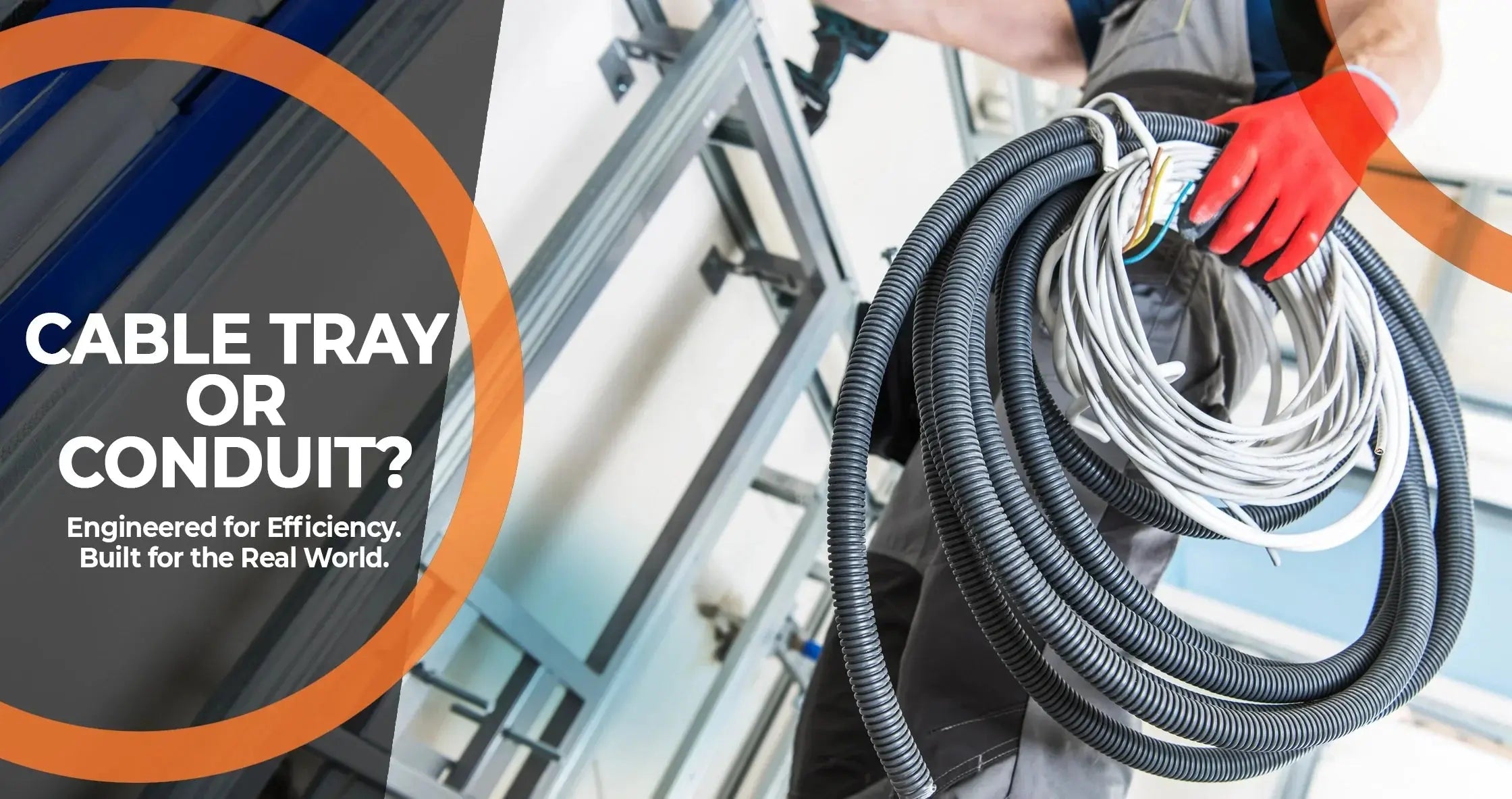When it comes to electrical installations, choosing between a cable tray vs conduit can be challenging. Both systems have their own set of advantages and disadvantages depending on the application. In this article, we will explore these options in detail to help you make an informed decision.
Understanding Cable Tray Systems
Cable trays are open structures designed to hold and support cables along pathways. They provide a versatile and efficient solution for managing wires over long distances.
Advantages of Cable Trays
Cable trays offer faster installation compared to conduits because cables can simply be laid onto the tray without needing to thread them through a pipe. This reduces labor costs significantly.
Maintenance is also simpler with cable trays. Technicians can easily access any section of the cable for repairs or upgrades, making future modifications hassle-free.
Types of Cable Trays
There are several types of cable trays available, each suited to specific applications:
- Ladder trays - Ideal for heavy-duty environments
- Trough trays - Suitable for lighter loads
- Wire mesh trays - Flexible and adaptable for various spaces
Exploring Conduit Systems
A conduit system encloses cables within protective tubing, offering superior shielding against external factors like moisture and electromagnetic interference (EMI).
Strengths of Conduits
Conduits provide excellent physical protection for cables, safeguarding them from environmental hazards such as UV radiation, fire, and mechanical stress. This makes them ideal for hazardous locations.
Additionally, conduits act as natural Faraday cages, preventing EMI issues that could disrupt communication or power lines.
Common Materials Used
Conduits come in a variety of materials, including:
- Rigid metal conduit - Durable and long-lasting
- Intermediate metal conduit - Cost-effective alternative
- Electrical metallic tubing (EMT) - Lightweight yet strong
Cost Considerations
Both cable trays and conduits vary greatly in terms of upfront and long-term costs. Understanding these differences is crucial for budget-conscious projects.
Initial Installation Costs
Cable trays generally require less skilled labor during installation, leading to lower initial expenses. However, conduits may need specialized tools and expertise, increasing setup fees.
Maintenance Expenses
While conduits protect cables more effectively, they often result in higher maintenance costs due to limited accessibility. Conversely, cable trays allow quick inspections and repairs, reducing overall upkeep expenses.
Applications and Suitability
The choice between a cable tray vs conduit depends largely on the specific requirements of your project.
Industrial Settings
In industrial facilities, cable trays are commonly preferred for their flexibility and ease of use. They are particularly beneficial in areas where frequent changes or expansions might occur.
Hazardous Locations
For hazardous environments, conduits remain the go-to option. Their robust construction ensures maximum safety even under extreme conditions.
Conclusion
Selecting the right electrical raceway involves weighing the pros and cons of both cable trays and conduits. While cable trays excel in simplicity and cost-efficiency, conduits shine in durability and protection. To find out more about our extensive collection of conduits, visit our website today.
Frequently Asked Questions (FAQ)
Here are some common questions about cable trays and conduits:
What Are the Main Differences Between Cable Trays and Conduits?
The primary difference lies in how they manage cables—cable trays keep them exposed but organized, whereas conduits fully enclose them for added security.
Which System Is Better for Outdoor Use?
Conduits tend to perform better outdoors since they shield cables from weather elements and other external threats.
Can I Mix Cable Trays and Conduits in One Project?
Yes, combining both systems can optimize performance by leveraging the strengths of each. For example, use cable trays for main runs and conduits for critical drops to equipment.


